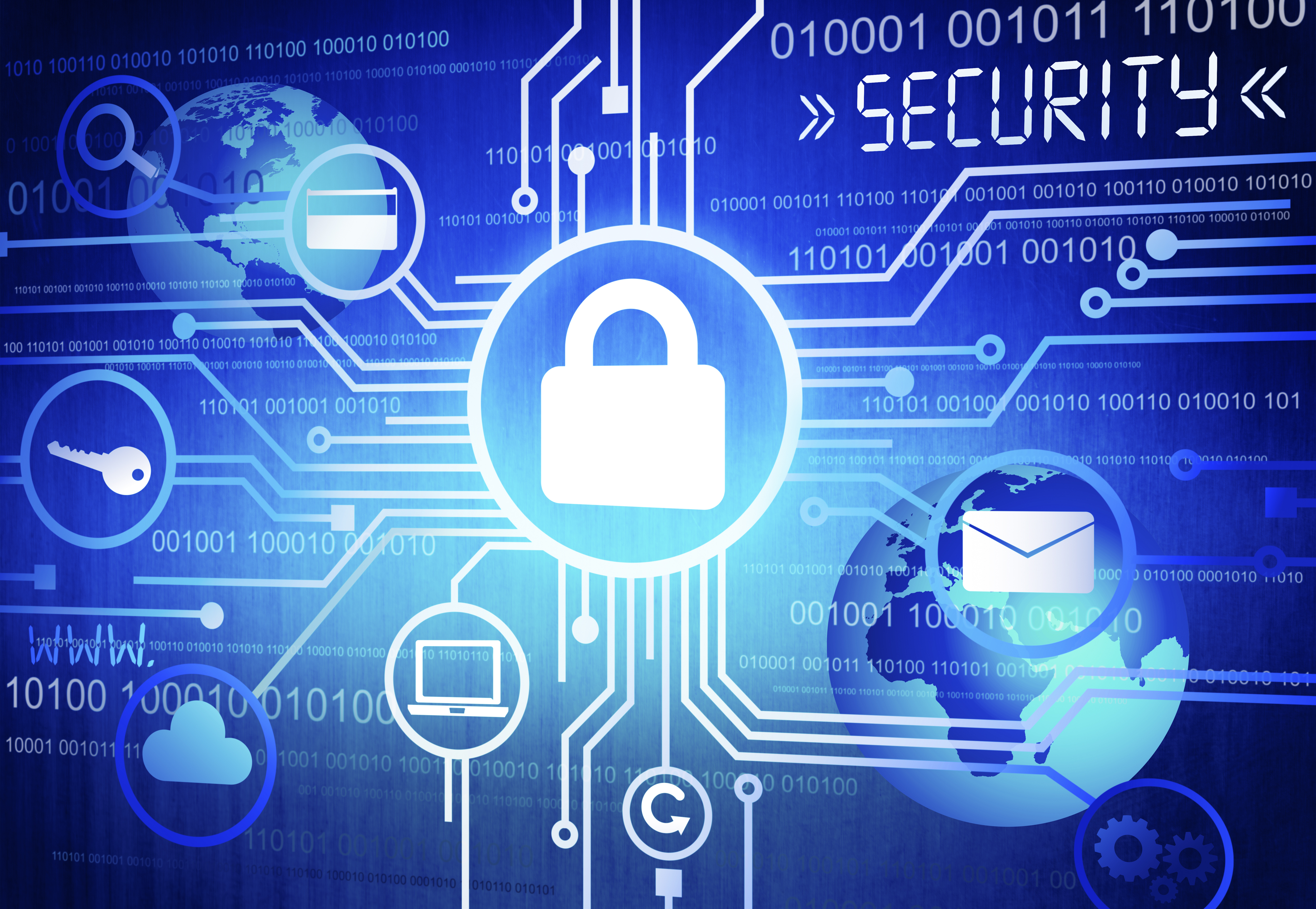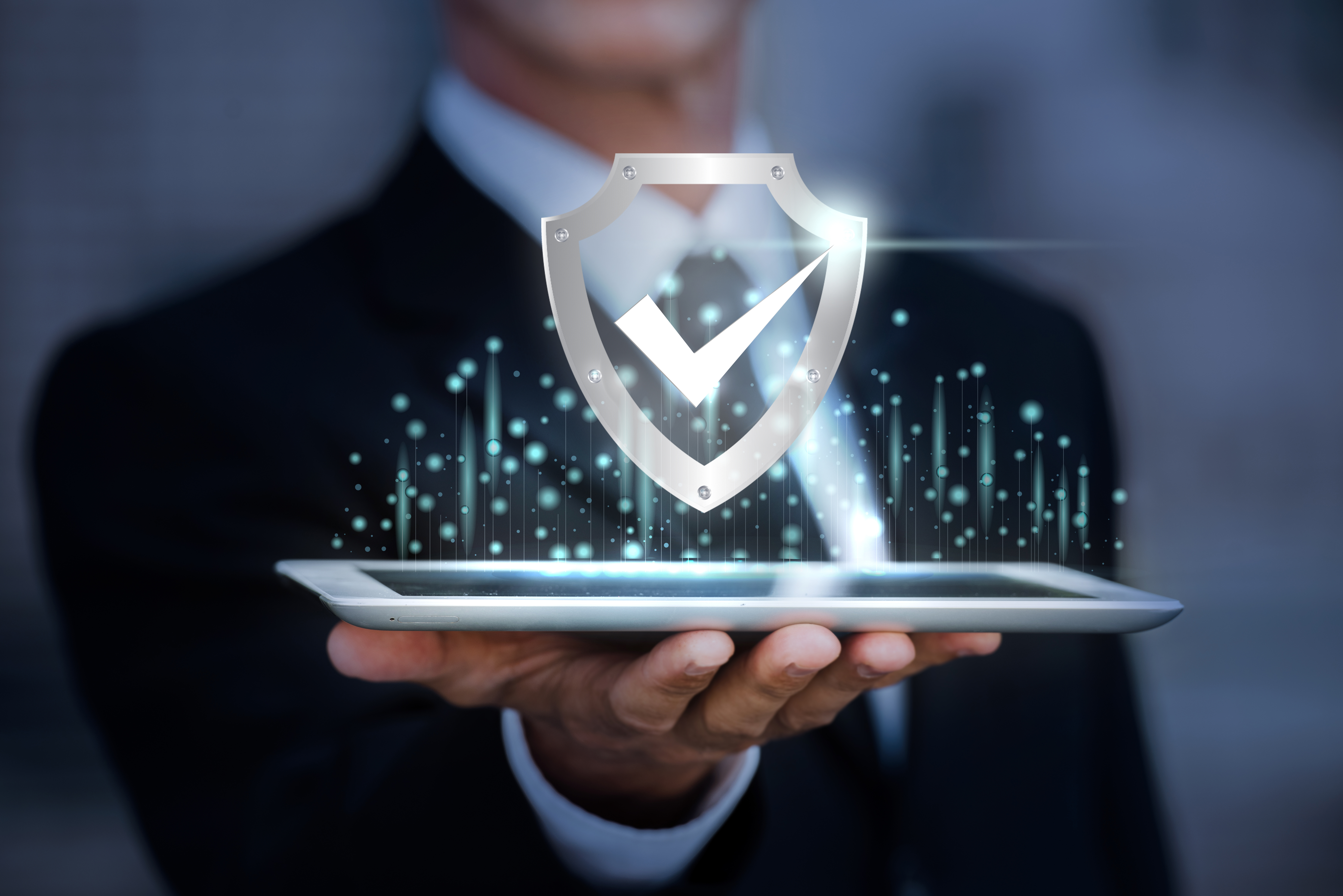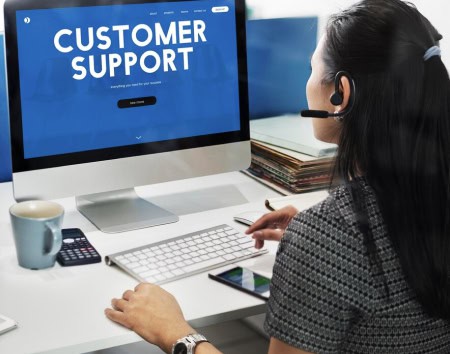
Cyber Security in Business: What is the Essential 8?
Navigating cyber security can feel like a minefield. With threats like ransomware and data breaches making headlines daily, it’s easy for business owners to feel overwhelmed and unsure where to start. But what if there was a clear, government-backed roadmap to protect your business? That’s where the question, ‘What is the Essential 8?’ comes in, offering a straightforward answer to one of today’s biggest challenges.
Developed by the Australian Cyber Security Centre (ACSC), the Essential 8 is a set of practical, baseline strategies designed to protect organisations from the most common cyber threats. Think of it as a cyber security checklist: straightforward, adaptable, and proven to reduce risk. It’s not about building an impenetrable fortress overnight; it’s about taking smart, manageable steps to make your business a much harder target for cybercriminals.
This guide will walk you through everything you need to know, providing a clear answer to what the Essential 8 is, from the specifics of each strategy to the different maturity levels and how you can start implementing them.

So, what is Essential 8?
The Essential 8 is a set of practical actions designed to shield your business from the most common cyber threats.
- Application Control: Ensures only approved and trusted programs can run on your systems. It’s like a bouncer with a guest list, blocking malicious software from executing.
- Patch Applications: Keeps your software up-to-date. Patches fix security gaps that criminals exploit, much like fixing a broken window to keep a burglar out.
- Configure Microsoft Office Macros: Blocks a common entry point for malware by preventing malicious code from running in Office files sent via email.
- User Application Hardening: Tightens the security settings on programs like web browsers to reduce their ‘attack surface,’ giving criminals fewer ways to break in.
- Restrict Administrative Privileges: Limits who can make major system changes. This ‘principle of least privilege’ prevents damage if an attacker compromises a user account.
- Patch Operating Systems: Just like with apps, this involves keeping your core systems (like Windows or macOS) updated to close known security holes.
- Multi-Factor Authentication (MFA): Adds a crucial second layer of security beyond just a password. It makes it dramatically harder for criminals to get in, even if they steal credentials.
- Regular Backups: Creates copies of your critical data. Tested and separately-stored backups are your ultimate safety net for a quick recovery after a ransomware attack or system failure.
Why the Essential 8 matters for your business
For small to mid-sized businesses, a cyber attack can be devastating. It can cause downtime, financial loss, and reputational damage. The Essential 8 makes cyber security less overwhelming. It provides a clear, structured path to improve your protection without needing to be an IT expert.
By following the framework, businesses can:
- Reduce the likelihood of successful cyber attacks.
- Improve resilience in the event of a breach.
- Meet growing compliance and client expectations around data protection.

The four levels of maturity
Once you have a grasp on what the Essential 8 is at a high level, the next step is to understand how well you are implementing it. The ACSC defines four maturity levels to help businesses benchmark their progress.
- Level 0: Minimal protection. At this level, there are significant weaknesses in an organisation’s security posture, leaving systems highly vulnerable.
- Level 1: Basic defences. This level is about building resilience against common, opportunistic attacks from adversaries using widely available tools and techniques.
- Level 2: Stronger safeguards. Here, the defences withstand attacks from more adaptive and determined adversaries who may be specifically targeting your business.
- Level 3: A Comprehensive approach. This is the highest level of maturity, designed to resist sophisticated and persistent threats from skilled and well-resourced attackers.
Most small and mid-sized businesses should aim to reach at least Level 1 or 2. The journey is about progressive improvement, not an overnight sprint.
How BIZ-LYNX Technology helps you put the Essential 8 into practice
Understanding where your organisation sits on the Essential 8 maturity scale is a key step toward building a strong and resilient cyber security foundation. Yet for many WA businesses, knowing where to begin, or which areas to focus on, can be a real challenge.
That’s why having a clear, tailored roadmap is so valuable. Whether you’re starting from scratch or looking to enhance existing protections, aligning with the Essential 8 can be a manageable and straightforward process with the right guidance.
At BIZ-LYNX Technology, we combine our knowledge of the WA business landscape with a practical, no-nonsense approach. We focus on achievable steps that strengthen your defences and align with your organisation’s goals, without unnecessary complexity or jargon.

Ready to strengthen your cybersecurity?
Answering the question, ‘What is Essential 8?’ is the first and most important step. The next is turning that knowledge into action. Cybersecurity doesn’t have to be complicated or costly. It’s about making steady, intelligent improvements that protect your business today and prepare you for tomorrow.
At BIZ-LYNX Technology, we’ll meet you where you are. Whether your business is just starting its cybersecurity journey or aiming to reach a higher maturity level, our team can guide you with clear advice, local expertise, and hands-on support.
If you’d like to chat about where your business currently sits and how to take the next step, reach out to our team today. We’re here to help keep your business safe and secure.







